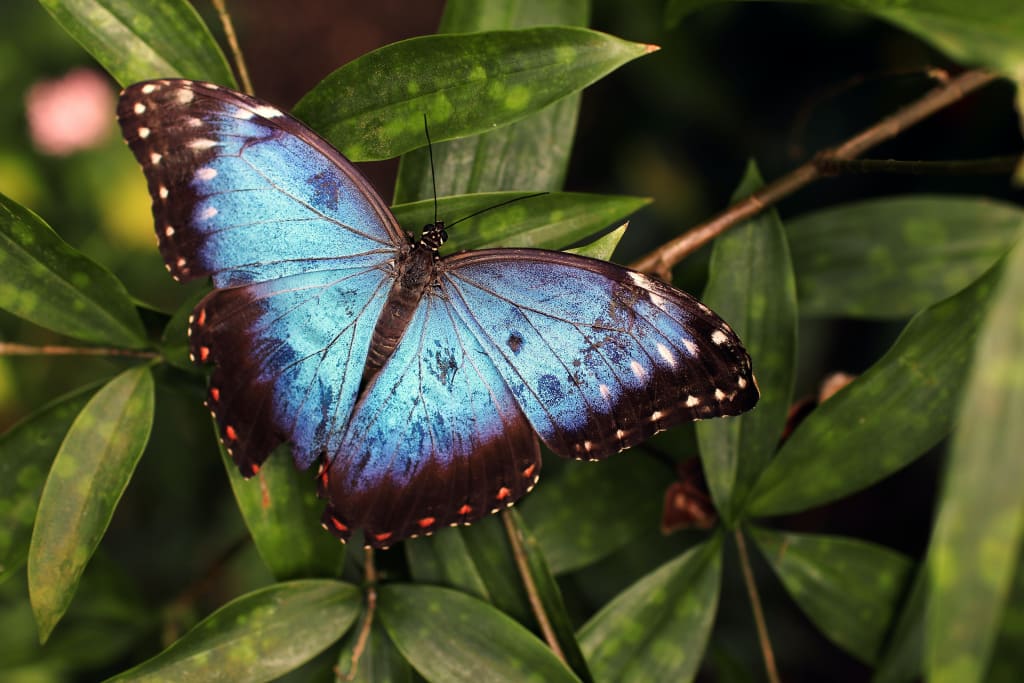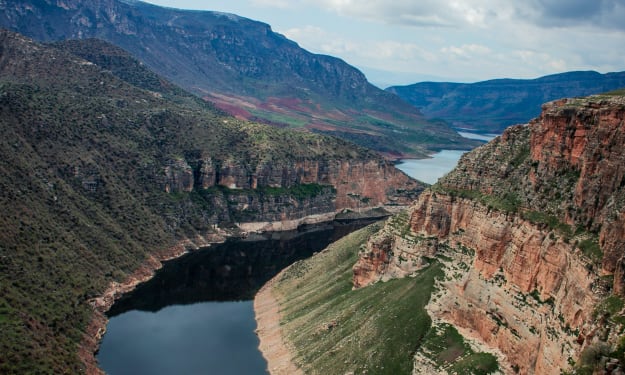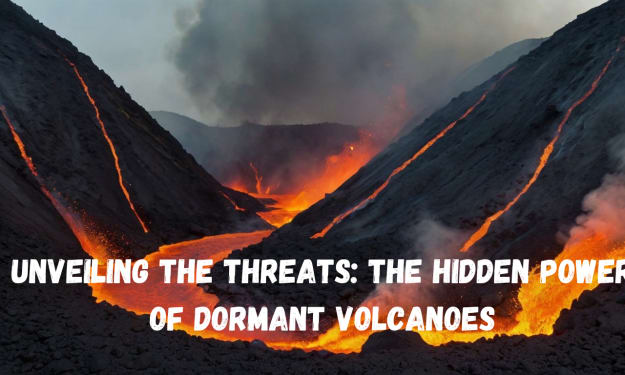Children of the Sun - Butterflies
"Elegant Butterflies: The Infinite Colors and Curious Lives of Nature's Delights"

Introduction
Butterflies, with their elegance, grace, and vibrant colors, captivate and impress us like few other creatures in nature. Yet, these exquisite beings, celebrated for their aerial dance, begin life as little more than worm-like creatures - ever-hungry caterpillars that voraciously munch their way through our gardens. What lies behind their curious lifestyle, and why do they adorn their wings with some of the most striking patterns in the natural world?
The Unlikely Garden Shed - A Refuge for Butterflies
Surprisingly, a garden shed provides an unlikely shelter for butterflies during colder months. For example, a red admiral has chosen to overwinter here, stretching its wings as it wakes from a long slumber. It yearns for the light and eventually escapes guided by the fresh air.
The Metamorphosis of the Emperor Moth
Hidden within the thorny branches of a blackthorn bush, a small Emperor moth undergoes a magical transformation. Climbing up the stem, it pumps up its wings, its feathery antennae betraying its male identity. In a few days, female cocoons will also emerge, releasing a captivating perfume to attract mates from kilometers away.
The Prolific Life Cycle of Butterflies
As spring arrives, new butterflies grace the scene. The common Brimstone, with its territorial males defending against rivals, deposits eggs on an older buckthorn bush, the sole food plant for its caterpillars. Within weeks, the caterpillar sheds its skin multiple times, increasing its weight two thousand times before transforming into a pupa, concealed within a tent of leaves.
Various Caterpillar Adaptations
Caterpillars showcase remarkable adaptations to protect themselves from predators. Hairy hatchlings of the vapor moth first consume their egg cases before spinning silk threads to climb up to leaves. Peacock butterfly caterpillars, on the other hand, feed together as a group, while the Bard warbler's relentless hunger leads it to sometimes get caught in the crossfire of butterfly territorial battles.
The Dance of Predators and Prey
Insects like caterpillar hunters and wasps play their part in the ecosystem. The death's head hawk moth, a clever honey thief, cunningly mimics the scent of bees to infiltrate their hives, while parasitic wasps target caterpillars as hosts for their own young.
Butterflies in Wildflower Meadows and Alpine Peaks
Wildflower meadows offer a haven for insects, and butterflies thrive in these colorful landscapes. The Alps, while serving as a natural barrier, are a home for alpine ibex and the elusive Apollo butterfly, whose eggs overwinter before hatching in the spring.
The Decline of Grassland Butterflies
Modern farming practices have led to a decline in grassland butterflies, impacting species like the marbled white, meadow brown, and false ringlet. These once common butterflies struggle to survive amidst vast fields of crops.
The Battle for Survival
For rare butterflies like the Dusky large blue, survival depends on delicate habitats. Specialized relationships with plants like the blood-red blooms of the common spotted orchid, which sustain the Dusky large blue caterpillars, show the delicate balance required for their existence.
The Cycle Continues: Seasons and Survival
As summer transitions to autumn, butterflies like the red admiral feed on fermenting fruit, gathering energy before their migration south. The winter moth makes its appearance, with the male seeking a mate, and the female, despite being wingless, releasing a perfume to attract him.
Conclusion
Butterflies, the epitome of elegance and beauty, fill our world with their enchanting colors and mesmerizing flight. The secret behind their curious lifestyle lies in their metamorphosis from humble caterpillars to winged wonders. As their habitats face threats from modern farming and climate change, it becomes essential to preserve the wildflower meadows and grasslands they call home. With a little care and understanding, we can ensure the survival of these delicate beings, adding vibrant hues to our gardens and landscapes for generations to come.
About the Creator
Enjoyed the story? Support the Creator.
Subscribe for free to receive all their stories in your feed. You could also pledge your support or give them a one-off tip, letting them know you appreciate their work.






Comments
There are no comments for this story
Be the first to respond and start the conversation.